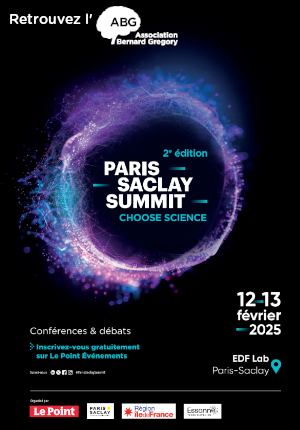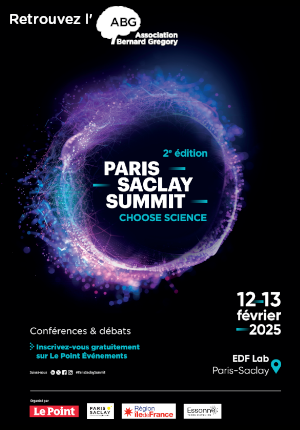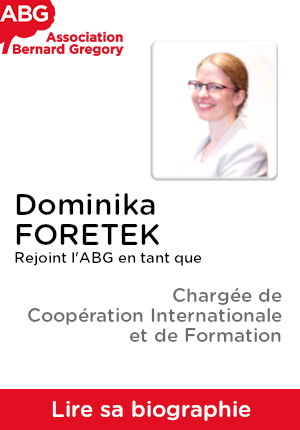Stored energy in plastically deformed metals
| ABG-128323 | Thesis topic | |
| 2025-02-03 | Public funding alone (i.e. government, region, European, international organization research grant) |
- Materials science
- Physics
- Engineering sciences
Topic description
Texture and microstructure are two important characteristics that influence the physical properties of metallic alloys. In practice, the recipe of obtaining the required physical properties of a polycrystalline material for a given application is not easy to establish and usually it is obtained via a large number of tests. The reason is the lack of a theory that takes into account complex microscopic processes acting during heat treatment such as recovery and recrystallization. The state of the art reveals the influence of geometrical (ex. the grain shape) and microstructural parameters (such as the stored strain-energy of lattice defects) and there is a debate among the scientists on the degree of their contribution to the recrystallization process. Stored energy is classically determined by X-ray line profile analysis (LPA) and backscatter electron diffraction (EBSD). LPA gives a single value for a grain. On the other hand, EBSD delivers spatially resolved results, but only on the fraction of the stored energy associated to lattice tilt. Recently a new technique has been developed at synchrotron source, the scanning three dimensional X-ray diffraction (S3DXRD), which could combine LPA and EBSD into one single technique. Developing this method will allow for the first time coupling the 3D grain geometry with the locally stored strain-energy, a groundbreaking result permitting more realistic modeling of recrystallization in a full-field approach. Modeling will be done by our partners (MINES Paristech) in this ANR project and will finally answer the debate on the degree of contribution of these parameters to recrystallization.
S3DXRD experiments are planned at the European Synchrotron Radiation Facility (ESRF) in Grenoble and at the Advanced Photon Source (APS) in Chicago with the aim of determining the grain structure of a polycrystal and the spatially resolved stored energy using the a new version of S3DXRD, which will be developed within the frame of this PhD.
Required skills and knowledge of the candidate: Python programming language (data evaluation will be done with Python scripts developed at ESRF). Good background in physical metallurgy or physics, as well as basic knowledge in crystallography and lattice defects could be an advantage.
Starting date
Funding category
Funding further details
Presentation of host institution and host laboratory
École Nationale Supérieure des Mines de Saint-Étienne is a graduate engineering school and research institute aka « Grande École d’Ingénieurs » founded in 1816. Our range of career-focused diplomas will open doors to some of the best careers in the field of engineering and enable you to build your own international network.
PhD title
Country where you obtained your PhD
Institution awarding doctoral degree
Graduate school
Candidate's profile
The candidate should have a good background in materials science or physics
The knowledge of Python programming language is necessary
Vous avez déjà un compte ?
Nouvel utilisateur ?
Get ABG’s monthly newsletters including news, job offers, grants & fellowships and a selection of relevant events…
Discover our members
 CESI
CESI  MabDesign
MabDesign  Ifremer
Ifremer  Institut Sup'biotech de Paris
Institut Sup'biotech de Paris  Généthon
Généthon  PhDOOC
PhDOOC  ANRT
ANRT  Aérocentre, Pôle d'excellence régional
Aérocentre, Pôle d'excellence régional  TotalEnergies
TotalEnergies  CASDEN
CASDEN  Institut de Radioprotection et de Sureté Nucléaire - IRSN - Siège
Institut de Radioprotection et de Sureté Nucléaire - IRSN - Siège  Nokia Bell Labs France
Nokia Bell Labs France  Groupe AFNOR - Association française de normalisation
Groupe AFNOR - Association française de normalisation  MabDesign
MabDesign  ONERA - The French Aerospace Lab
ONERA - The French Aerospace Lab  Laboratoire National de Métrologie et d'Essais - LNE
Laboratoire National de Métrologie et d'Essais - LNE  ADEME
ADEME  Tecknowmetrix
Tecknowmetrix  SUEZ
SUEZ







